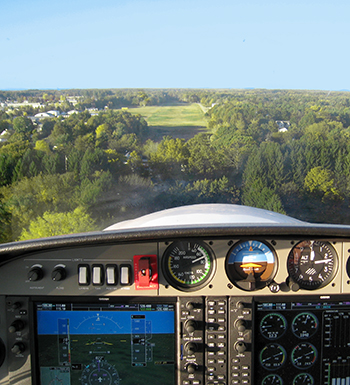Subscriber question:
"How closely can I trust the published takeoff and landing distances for light GA airplanes?" — Fred C.
Tom:
 “This varies dramatically from one airplane type to another, among similar airplanes, and even in the same airplane under different circumstances.
“This varies dramatically from one airplane type to another, among similar airplanes, and even in the same airplane under different circumstances.
What I suggest is that you compute the takeoff and landing distances in the ways you normally operate the airplane. Apply at least a 50-percent margin for less-than-perfect pilot technique or runway conditions. Now you know what’s normal for you in that airplane.
If you plan to do anything different from your normal—add a couple of passengers, take off at a higher density altitude, use a grass runway—compute the performance under those conditions, to the extent POH performance data exists, and apply at least a 100-percent margin (double the distances).
I use the 50-foot obstacle clearing distances, not the ground roll distances, as my deciding factor.
One last note: obtaining book performance requires you use the book technique. Most POH takeoff and landing data actually reflect short-field performance: Stand on the brakes until full throttle for takeoff; power off for a steep 1.3 times Vso approach on short final for landing. If the runway lengths are short enough that you need to double-check the airplane’s performance, you need to use the book takeoff and landing techniques.”
What are your actual takeoff and landing distances compared to book (POH) values?

